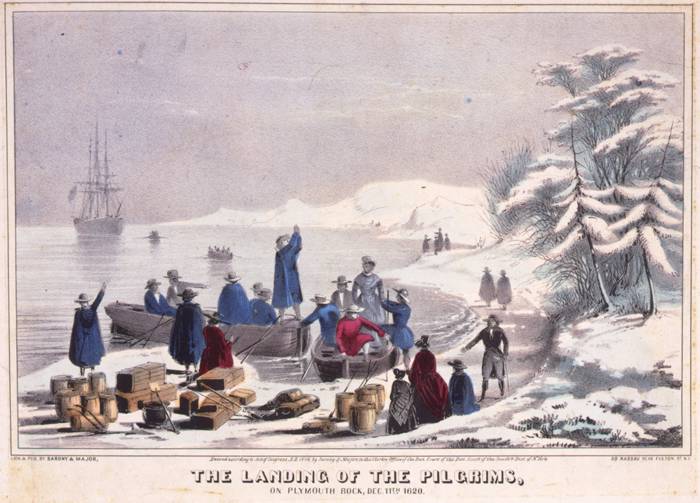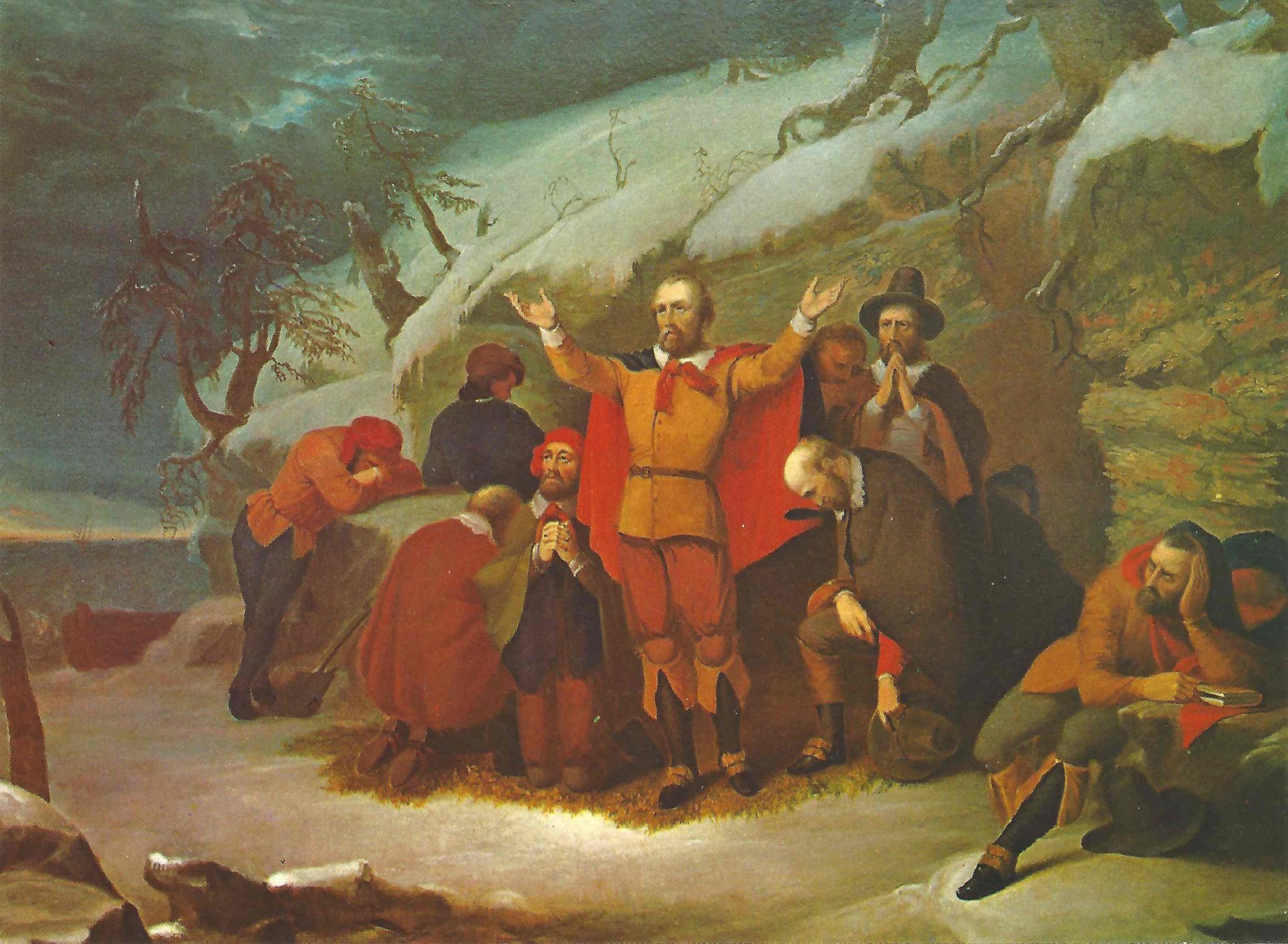

No single spot in the US can rightly be called the nation's sole place of birth. It has survived as the archetypical American comeback story, a tale of hardship overcome by the human will to prevail. Even for some Western Europeans, Jamestown brings to mind tales of suffering, torture, cannibalism, and other travails so horrific that at times it's a wonder the whole place wasn't deserted and left to wash away.īut Jamestown hasn't washed away. For African-Americans, Jamestown is the starting point for the long national tragedy of human bondage and the generations of segregation, nullification, and discrimination that followed in its wake. For native Americans, this place marks the beginning of centuries of retreat and loss, destruction of ancient civilizations, and dispossession of family lands.
Where were the pilgrims from full#
The Jamestown story is full of unfortunate firsts. Only in recent years has that mistake been proven wrong, as ongoing archaeological work turns up fresh pieces of the Jamestown puzzle each day. And an early gap in archaeological lore led generations of historians to conclude wrongly that the original site of Jamestown had long since been flooded by the river. By the 1970s, abuses had rendered this national treasure environmentally dead downstream of Richmond.

In the name of profits, developers and industrialists long played down the historical significance of the James River – the muddy umbilical cord that first tied the New World to England. Virginians, too, are part of the reason Jamestown hasn't quite gotten its historical due. The failure argument, however, doesn't hold up: Jamestown endured and remained the capital of Virginia until the seat of government was moved to Williamsburg in 1699. And 3 in 4 settlers, in the early years at least, lost their lives to famine, disease, or conflict with the Indians. True, Jamestown's investors lost money on the proposition – instead of silver, gold, and a shortcut to China, the adventurers found starvation, torture, and grievous sacrifice. After the Civil War, others point out, historians at influential northeastern universities were loath to cede the national creation story to the south – especially not to Virginia, which accounted for 20 percent of the Confederate population and was host to the capital of the Confederacy at Richmond.Įven today, some historians argue that Jamestown doesn't quite count because it failed. The story of Pilgrims coming to America in search of religious freedom, some say, is simply a far more palatable version of the nation's beginnings than the tale of Jamestown, where at least 100 English men and boys first broke ground on May 14, 1607, in single-minded pursuit of profit. Theories abound as to how and why the Pilgrims of Plymouth eclipsed the adventurers of Jamestown in American historical memory and myth. Queen Elizabeth II visited last Friday President Bush is set to visit this Sunday.

Where were the pilgrims from series#
To commemorate the town's founding 400 years ago this month, Virginia is hosting a series of special events that began in January and will continue all year. Even before the Pilgrims landed, Jamestown had become the hub of the first sustained clash between English people and native Americans, seat of the first representative government in the Western Hemisphere, and destination of the first Africans to arrive in chains in English America.Īlthough the Jamestown story is not altogether one to celebrate, history is clear: The diverse and democratic country we know as the United States got its start in Jamestown, the first permanent English settlement in America. But by then, Jamestown, a riverside colony in Virginia, was already 13 years old. The Pilgrims arrived at Plymouth in Massachusetts in 1620. Ask any eighth-grader to name the first Europeans to settle in this country and the answer is likely to be Christopher Columbus or the Pilgrims.Ĭolumbus first landed in the Caribbean in 1492, and he never quite made it to what became the United States.


 0 kommentar(er)
0 kommentar(er)
